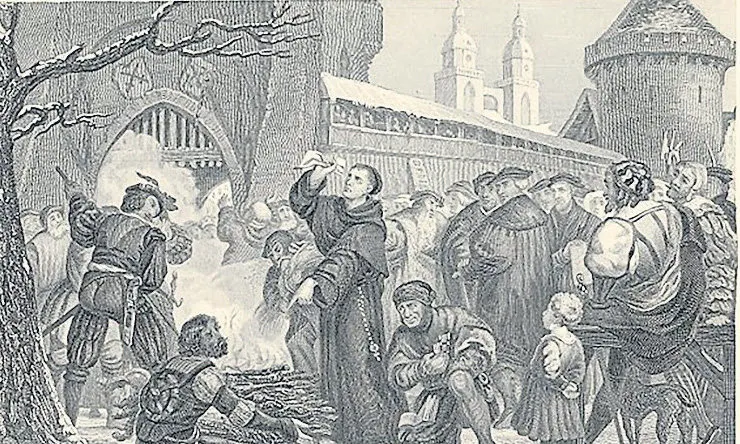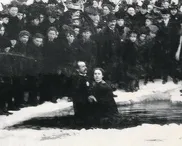It is without doubt one of the most important treatises in the history of the church.
I refer to Martin Luther’s The Freedom of a Christian (1520), sometimes called Christian Liberty. It is a powerful, yet succinct and polemic-free, statement of Luther’s position on how a person is saved and what that entails.
After the Leipzig Disputation of 1519, which we looked at last month, Luther realised that his quarrel with the medieval practice of indulgences was but the tip of the iceberg. His debate with Johann Eck had convinced him that neither the Pope nor general councils were infallible. The basis of authority in the life of the church had to be sola Scriptura, and thus an extensive reformation of the church was a necessity.








